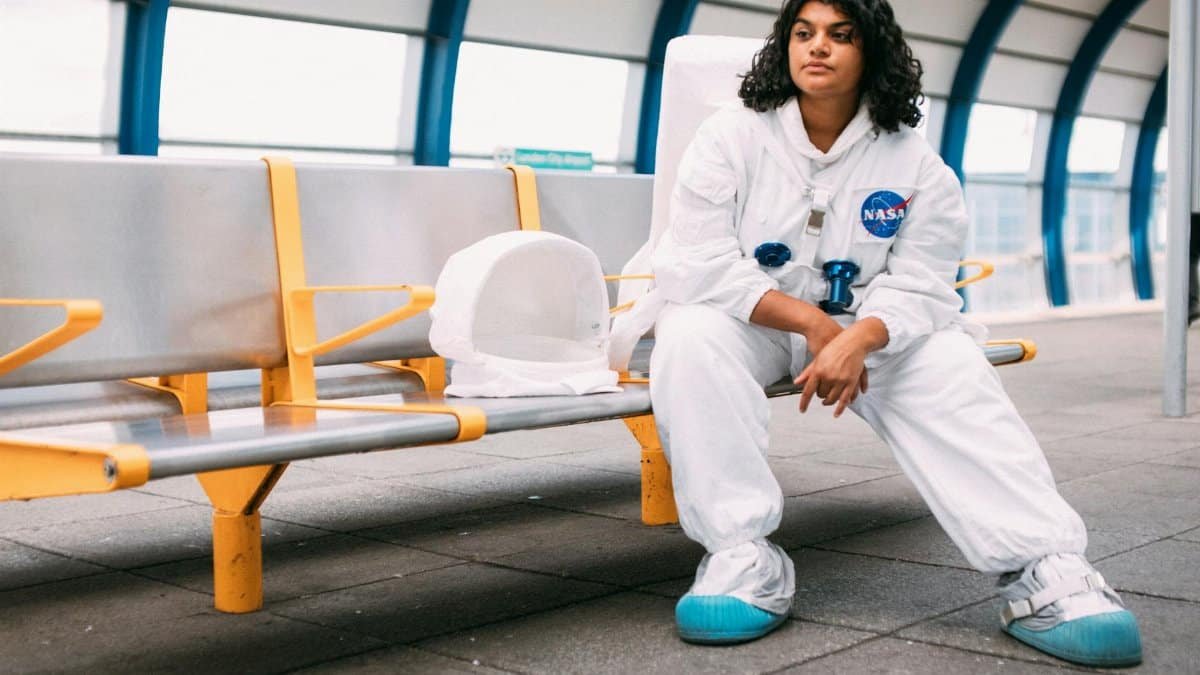Imagine a weary traveler, caught in the relentless hum of a bustling airport, suddenly stumbling upon a small oasis of calm. Amid the chaos of delayed flights and hurried footsteps, a discreet sign points to an airport prayer pod—a compact, quiet space designed for reflection or spiritual respite. For many, these pods are an unexpected answer to the stress of modern travel, offering a moment to pause in an environment that rarely slows down. As airports across the U.S. evolve to meet diverse passenger needs, these pods are becoming more than a novelty. They’re a subtle nod to the human craving for peace, even at 30,000 feet or during a layover in Atlanta. How did this idea take flight, and why are pilots, of all people, among their biggest fans? Let’s unpack the quiet revolution happening in terminals nationwide.
The Rise of Quiet Spaces in Transit Hubs

Airports have long been synonymous with noise and motion—announcements blaring, suitcases rolling, crowds jostling. Yet, over the past decade, a shift has emerged. Terminals are increasingly carving out spaces for stillness, driven by a growing recognition of traveler stress. Airport prayer pods, often small, soundproof booths tucked near gates or lounges, cater to those seeking a moment of prayer, meditation, or simply silence. They’re not tied to any specific faith; most are interfaith or secular in design, equipped with minimal furnishings—a chair, a shelf, sometimes a soft light. The idea isn’t new—interfaith chapels have existed in major hubs like JFK for decades—but these compact pods reflect a more accessible, modern twist, fitting into the tight footprints of today’s terminals.
The demand isn’t just anecdotal. A 2019 survey by the Pew Research Center noted a rising interest in personal spiritual practices, even as traditional religious affiliation wanes. Travelers, often far from home, seem to crave these moments of grounding. It’s a small but telling trend in 2025, as airports like Denver International and San Francisco International roll out more pods to meet passenger needs.
Why Pilots Are Drawn to Prayer Pods

At first glance, pilots might seem an unlikely group to champion airport prayer pods. Their schedules are grueling, their focus razor-sharp on safety and logistics. Yet, speak to crew members at hubs like Dallas-Fort Worth, and a different story emerges. One pilot, pausing between flights, described slipping into a pod during a long layover. “It’s not about religion for me,” he said quietly. “It’s five minutes where the world stops. No radio, no checklists. Just breathing.” For pilots, whose mental load is immense, these spaces offer a rare chance to reset—something no crew lounge or coffee run can match.
Airlines have taken note. Studies, including a 2021 report from the Federal Aviation Administration on pilot fatigue, underscore the need for mental health resources in aviation. Prayer pods, while not a formal solution, provide an organic outlet. Some pilots even lobby for pods near crew rest areas, arguing they’re as vital as a quick nap.
A Solution for Traveler Stress

Travel isn’t just tough on pilots—it’s a gauntlet for passengers too. Missed connections, security lines, and jet lag can fray anyone’s nerves. Enter the airport prayer pod, a space where a harried parent might steal a moment of calm while waiting for a delayed flight, or a business traveler can center themselves before a high-stakes meeting. These pods aren’t therapy, but they tap into a basic need for pause. A 2022 study by the Centers for Disease Control and Prevention highlighted how chronic stress impacts mental and physical health, especially during travel. Even a brief respite can lower cortisol levels, offering a measurable reprieve.
The design of these pods often enhances their effect. Many feature dim lighting and acoustic paneling, creating a cocoon-like feel. At Chicago O’Hare, one pod even includes a small window with a view of the tarmac, blending solitude with the surreal beauty of planes gliding past. It’s a reminder that even in transit, there’s room for a human moment.
Navigating Cultural and Practical Challenges

Not everyone sees airport prayer pods as an unalloyed good. Some travelers question whether public spaces should cater to personal spiritual needs, especially in an era of tight budgets and packed terminals. “Why not more seating or charging stations instead?” one frequent flyer grumbled at a Seattle-Tacoma gate. Others worry about misuse—pods becoming makeshift nap zones or storage spots for luggage. Airport administrators face a balancing act: ensuring these spaces remain accessible and respected without alienating those who see them as extraneous.
Then there’s the cultural lens. While most pods are neutral, some passengers feel they implicitly favor certain practices over others. A 2020 report from the American Civil Liberties Union emphasized the importance of inclusive design in public accommodations. Airports like Minneapolis-St. Paul have responded by consulting interfaith groups to ensure pods feel welcoming to all, a step that’s eased tensions but not erased them entirely.
How Pods Fit Into Broader Wellness Trends

Zoom out, and airport prayer pods are part of a larger wave. Wellness isn’t just a buzzword—it’s reshaping how Americans move through the world. Yoga rooms, meditation apps, and even therapy dogs at airports signal a hunger for balance amid chaos. Pods dovetail with this ethos, offering a low-tech, low-cost way to recharge. They’re not a cure-all, but they align with findings from the National Institutes of Health, which link mindfulness practices to reduced anxiety. In 2025, as mental health awareness grows, these small sanctuaries feel less like a quirk and more like a necessity.
Airports aren’t the only ones adapting. Train stations and even some highway rest stops are experimenting with similar concepts. The common thread? A recognition that people need space—literal and figurative—to cope with the pace of modern life. It’s a quiet pushback against the always-on culture that defines so much of travel today.
The Future of Personal Space in Public Places

What’s next for airport prayer pods? For now, they’re still a patchwork—abundant in some hubs, absent in others. But as passenger volumes climb (the FAA projects a 4% annual increase in air traffic through 2040), the case for personal spaces grows stronger. Architects and planners are already sketching designs for modular pods that can scale with demand, some even incorporating biophilic elements like plants or natural light to boost their calming effect. Meanwhile, traveler feedback loops—gathered through airport apps and surveys—help refine their placement and amenities.
Still, the real test lies in longevity. Will these pods remain a sanctuary, or will they fade as just another airport gimmick? One thing is clear: in an era where every square foot of a terminal is contested, carving out room for the soul is no small feat. For pilots and passengers alike, that effort might just be worth it.
Next time you’re racing through a concourse, keep an eye out. A small door or discreet sign might lead to a few minutes of peace—an airport prayer pod waiting to offer a reset. In a world that rarely stops moving, that’s no minor gift.
